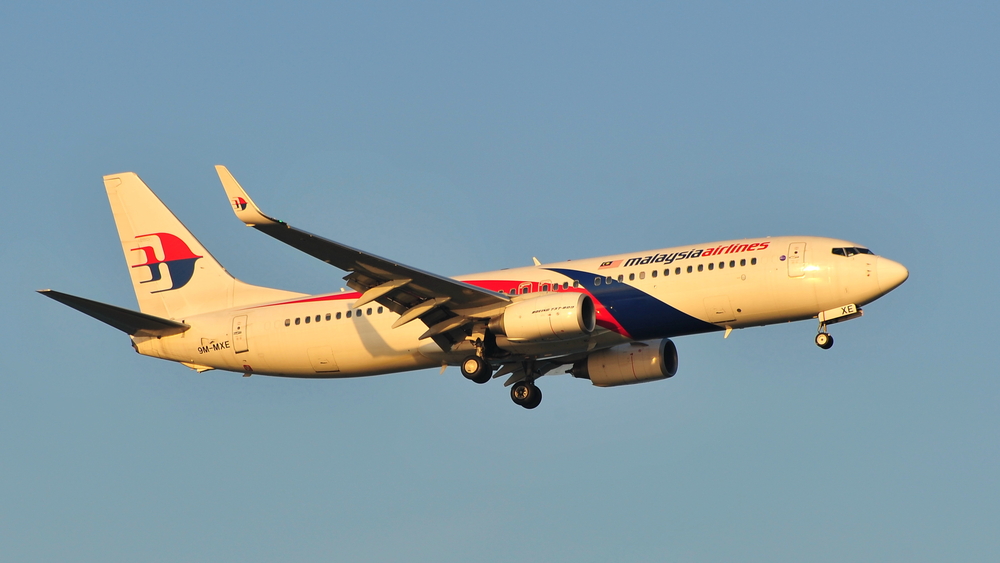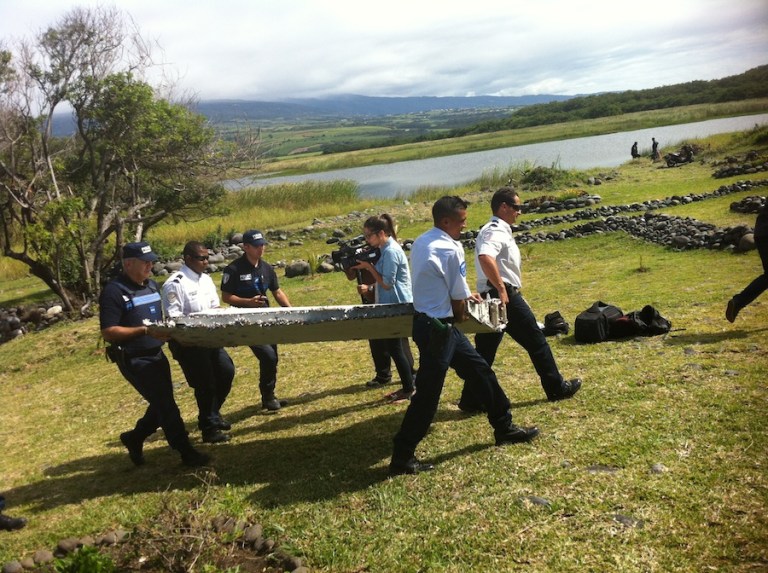Why The Malaysian Airlines Flight Will Never Be Found
I'm a commercial airline pilot and I'll explain exactly why no one is ever going to be able to find Flight 370.
By Paul Terrae


On every aircraft, it is required by the law to carry and/or install the emergency locator transmitter (better known as ELT) in case of an emergency. This device is about the size of your shoebox, and it transmits radio signals to the satellites, which then relays its location to the ground control to aide with the search and rescue (SAR) efforts. The signals had transmitted through both VHF (121.5MHz) and UHF (243.0MHz) bandwidths, but these were phased out to increase the efficiency of the system (i.e. decreasing the amount of resources wasted on false alarms). Almost all ELTs are now transmitted through the 406MHz bandwidth to increase the responsiveness of the system.
One of the distinction features of ELT is its activation method. It will be activated if it registers enough amount of G-force on its module (usually 5Gs), or if the module comes in contact with water. There had been cases in which the ELT was activated because the pilots made a very hard landing on a runway, inadvertent or not.
Let’s suppose that the plane had crashed into the ocean. Whether the plane nosedived into the ocean or it had a soft landing with the ocean current, the onboard ELT should have been activated. This activation would have sent its signal to the geosynchronous satellites in the Earth’s orbit, and the SAR team should have made their ways to the crash site rather quickly and effortlessly. The ELT unit is not accessible via cockpit, and only maintenance personnel has the ability to take out the unit & disable it manually. This leads us to only 3 possible explanations:
- MH370 never carried the ELT on board
- MH370 has made a landing on asphalt without detection
- Both of these
Although the laws and the regulations in Southeast Asia tend to be corrupt and overlooked than the ones in EU or North American counterparts, I highly doubt that the Malaysian Airlines did not install an ELT on board. Why would any logical person gamble the life of a $250-million machine on a mere $1,000 unit? It does not make sense from the insurance’s point of view either – if the insurance company finds out that the 777 was not equipped with the ELT at the time of the impact, the company isn’t going to get a single dime from this incident.
Which brings us to the second possibility. If that is true, then those who are involved in this heist have bought much time for themselves. The most likely scenario from here is that the plane is being kept at a pristine condition, and it will be later re-used for another purpose – only time will tell.
And finally, 1 + 2. The plane lands safely on the ground; a rogue maintenance person takes out and disables the ELT; the plane refuels & takes off again towards the vast nothingness in the Southern Indian Ocean. The plane would crash & the investigators will eventually find its wreckage, and render the entire incident as another unfortunate crash caused by pilot error. If the SAR team can find the wreckage in the ocean in the coming days, I would focus my investigation towards the passengers or the cargo. In a heist, it’s illogical to steal something and discard it right away. If the plane isn’t valuable, then the passenger(s) and/or the cargo must be. ![]()



